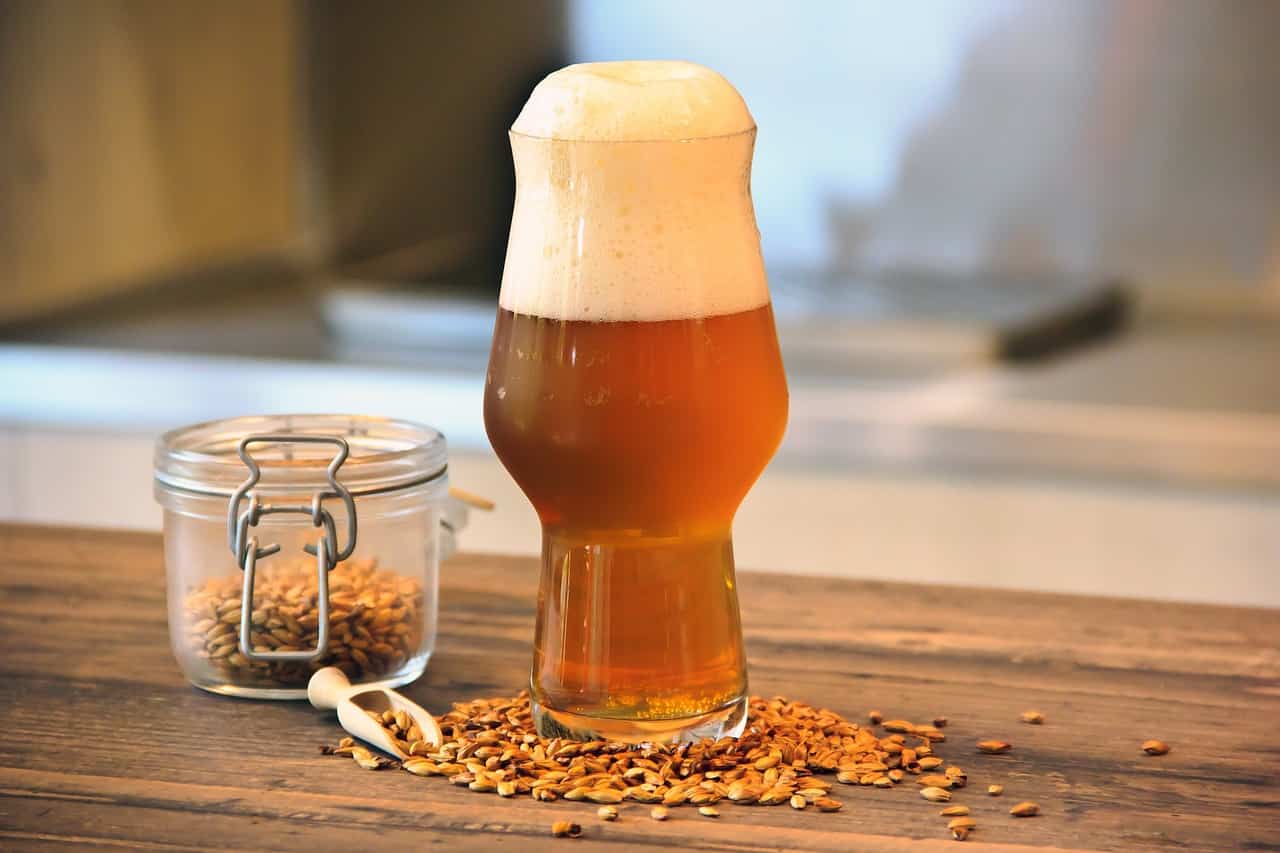
In a major leap for flavor science, Belgian researchers have cracked the code to teaching computers how to “taste” beer, promising to transform the way we brew, taste, and enjoy our beverages. These models, based on years of painstaking profiling of hundreds of existing products, can predict consumer ratings and suggest enhancements to the flavor of Belgian beers. This intoxicating blend of tech and taste promises to hop up the future of fermentation.
“These models can actually begin to understand flavor, it is kind of like we taught computers how to taste. For some flavors, this model’s predictions are really comparable to our human tasting panels. This is huge because, up until now, most flavor research always focused on specific flavor compounds, often only a few at a time,” Kevin Verstrepen, professor at KU Leuven and director of the VIB-KU Leuven Center for Microbiology and the Leuven Institute for Beer Research, told ZME Science.
“Our work shows the promise for AI in the food industry in general — although we focus on beer, the same approach is possible for any food. We expect AI to be implemented by food manufacturers in the coming years, so this will actually change the food that ends up on our plates in the near future — of course, only for “prepared” foods, this won’t change our fresh produce and raw ingredients,” the researcher added.
A computer that tastes beer
The process of comparing and ranking beer flavors is notoriously subjective. I’m reminded of a now legendary study from 2001, when researchers dyed a white wine with red coloring and gave it to 54 wine science students, supposedly expert tasters. The panel overwhelmingly described the dyed beverage as they would a red wine.
Beer is much harder to fake with visual tricks, but the point remains: while there may be expert tasters who know what they’re doing, the overwhelming majority of people can be easily fooled and have their senses manipulated. That’s not to mention the inherent subjectivity of our taste buds that vary from person to person.
Beer guides often use generic descriptors like ‘fruity’ for beers, but are these labels accurate for everyone? Seeking a more scientific approach, Verstrepen and colleagues aimed for objective indicators to describe and predict beer tastes. This meticulous effort extended over five years and expanded from chemically analyzing under 100 beers to 250 Belgian beers. The concentration of hundreds of aromatic compounds was measured. The effort culminated in a book titled ‘Belgian Beer Tested and Tasted’.
Not satisfied with leaving such a valuable and rich dataset to waste without further insight, the researchers turned to machine learning to analyze the interactions between countless flavor compounds. Their goal? Getting a better grip on how these compounds interact in their chemical dance to produce beers with different tastes.
Quantifying flavour
“Our main goal was to identify new important flavor compounds for beer, or to gain a better understanding of “sensory interactions” between flavor compounds: the enhancing or masking of one flavor by another,”
“For some compounds, the flavor has been well studied, and we know at which concentrations we start to perceive them. But then in actual beer we find that we can taste them, even though their concentration is much lower — or the other way around: we should be able to taste them at this concentration, but we don’t. The reason for this is these “sensory interactions” mentioned above. But because our dataset contains a lot of chemical compounds, and these machine learning models can learn about interactions between those compounds, we managed to train a computer to really predict whether we can taste a specific flavor or not,” said Verstrepen.
“We know that sweetness and bitterness mask each other: if you add sugar to a beer, the bitterness would become less pronounced (even though the concentration of bitter compounds remains the same). So, we cannot just predict bitterness based on the bitter compounds, we also need to know about the sweetness. That is exactly what these models excel at,” he added.
Most importantly, they wanted to also find new flavor compounds that could augment or lead to entirely new types of beer. Yes, these researchers really geeked out over their Belgian beers.
The AI models developed by the team can predict a beer’s key aromas and overall appreciation score, virtually eliminating the need for human tasting. Satisfied with the results, the researchers then modified two existing commercial beers — a Belgian Blond and a non-alcoholic — whose enhanced flavor scored significantly higher in blind taste tests. The success of the non-alcoholic beer is particularly noteworthy since mimicking the taste and smell of its alcoholic counterpart is notoriously difficult to pull off. In later work, in collaboration with a local startup, the researchers also made a beer from scratch which was well received despite its “experimental” nature.
AI-enhanced brewing: Crafting the future of beer
More broadly, this capability has profound implications for the food industry, offering new perspectives on flavor science and aiding in product development and quality control. For instance, one interesting insight uncovered by the AI trained on Belgian beer was that lactic acid, abundant in sour beers, could improve the flavor of regular beer as well.
“This seems to work at lower concentrations, so it’s not that we are just artificially “souring” a normal beer. Instead, this compound gives some freshness to beer in low (not yet sour) concentrations. This shows that there is still much more to be discovered about flavors, and that AI will be a valuable tool to do so!” said Verstrepen.
Some reading this may feel a touch of disappointment. Many cringe when they see AI-generated art. The same sentiment may be mirrored if they learn their Tripel or Trappist was brewed from an AI-generated recipe. However, the researchers stress that while AI can suggest ideal flavor profiles, the artistry of brewing — choosing ingredients, tweaking the process, and creating a product that resonates with consumers — remains firmly in the hands of human brewers. These AI models can only give ideal concentration values for different compounds. It’s still the brewers themselves who have to figure out how to produce this flavor profile.
“I think this idea (AI) makes sense for some products, like non-alcoholic beers. When you think about it, it’s incredibly inefficient to first turn most of your ingredients into alcohol, to then filter that alcohol out. It would make more sense to work with natural ingredients (or extracts) to create a non-alcoholic drink that closely resembled beer. That’s also how sodas are produced today, and consumers don’t seem to mind that.”
“But of course, sodas don’t come with the long tradition of the brewing process. I understand that both the brewer and the consumer do not want artificial flavors added to their beer (and labels full of E-numbers). For regular beers, all flavors should come from the brewing process itself,” said Verstrepen.
Moreover, the study underscores the personal nature of taste. The diversity of individual taste preferences ensures that the quest for the perfect beer remains a deeply personal journey, enriched but not replaced by technology.
“It’s important to know that all major breweries, and major food manufacturers, have their own dedicated tasting panels. So a group of their staff will be trained to professionally taste foods. There are even companies specialized in running tasting panels, that allow smaller companies to out-source them. These panels are necessary to develop new products, and often also to quality control the production. Whenever flavor is involved, we still fully rely on humans. But our work shows that AI might be able to help with that,” said Verstrepen.
As the food and beverage industry looks forward, the integration of AI in understanding and enhancing flavors represents a new frontier. This research not only paves the way for improved products but also demonstrates the value of blending scientific innovation with the age-old craft of brewing, ensuring that the future of beer is both exciting and delicious.
The findings appeared in the journal Nature Communications.
Thanks for your feedback!

